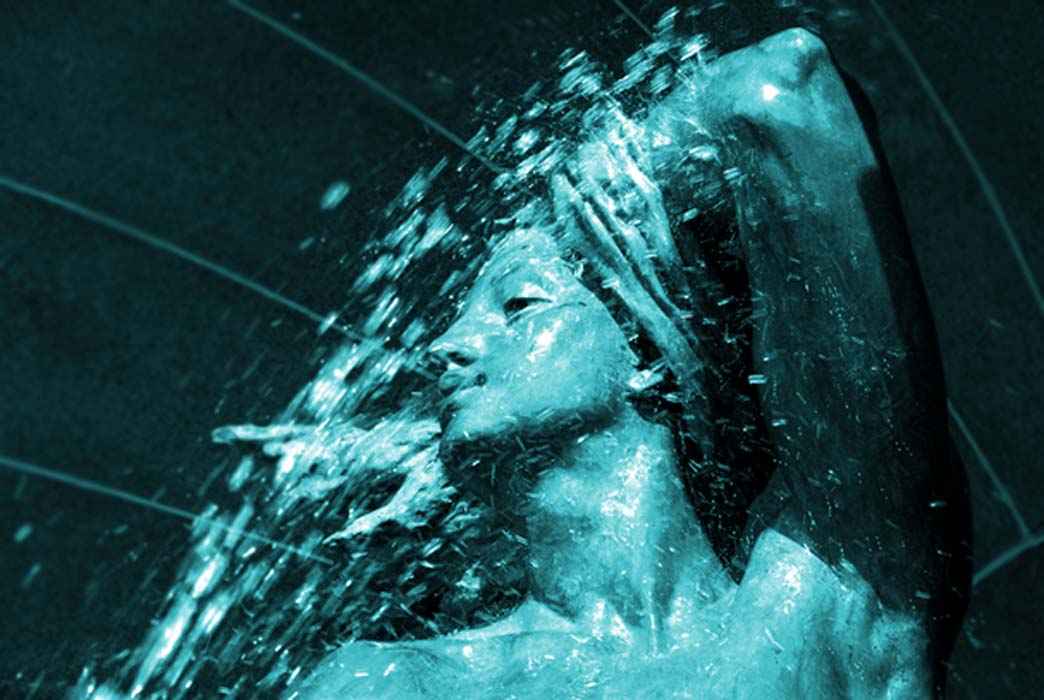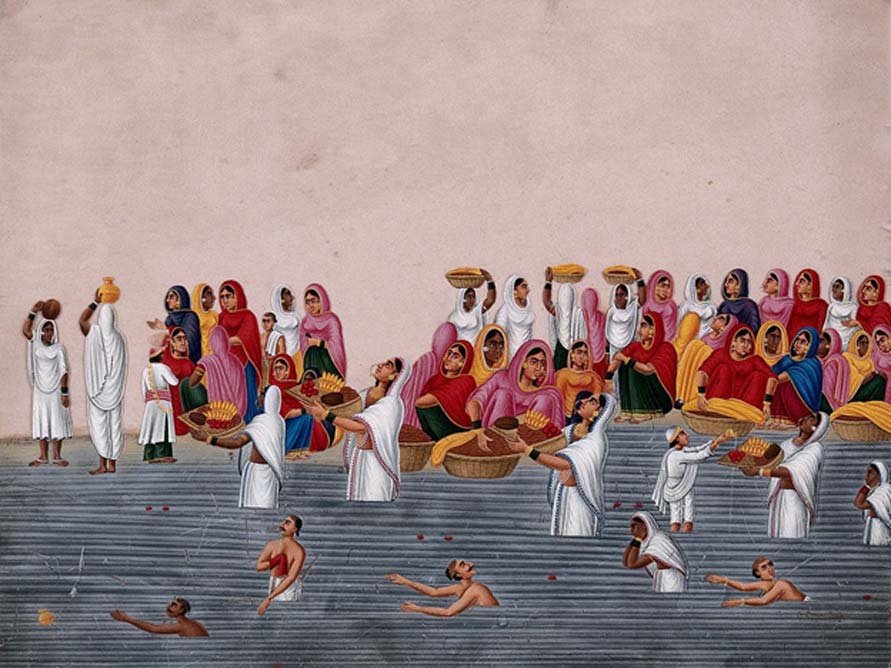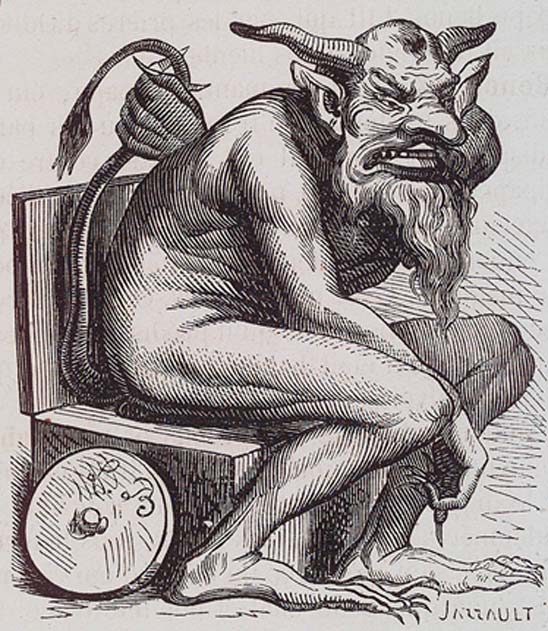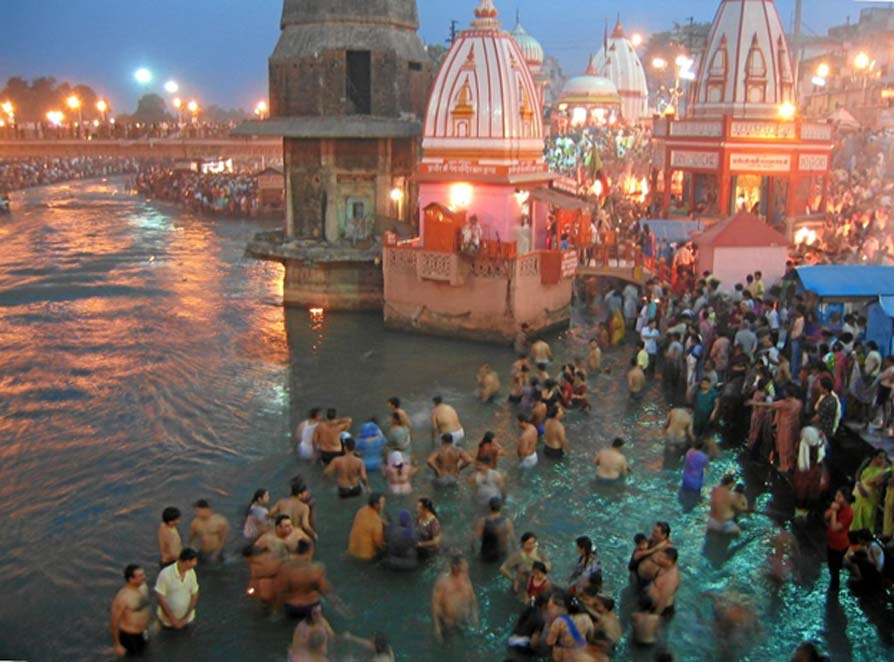
Demons in Your Toilet? Guardians of the Sewers and How They Protected Ancient Latrines
As a ritual symbol of purification, water plays a key role in the public space of hygiene and sanitary activities as well as in almost all religions past and present. From the first moment mankind invented rituals and deities, the notion of purification was attached to the act of ritual ablutions. The very act of washing was not only about cleaning oneself from dirt - it also freed one from spiritual impurities.

People bathing and praying in the holy river Ganga. (Wellcome Images/CC BY 4.0)
The Good, The Bad, and the Dirty
Baths and latrines are found throughout history. During the third millennium BCE, when toilets and sewers were invented throughout the world, so came the demons that were said to lurk in the toilets. But these facilities also had deities guarding them.

Toilet demon Belphegor (Public Domain)
Although the demons are part horrid and part fascinating, the guardians of the latrines are just as important as they are those who protected us from the dangers that lurked in the privy. Understanding the guardians of the latrines also helps us understand the different cultural attitudes relating to health and cleanliness— many of which have survived since the ancient times and which placed particular importance on the appropriate maintenance of the lavatory in every households. To illustrate, Nepal’s My Republica published an article this year that revealed that in Bahjang, the toilets are off limits to women during menstruation and during post-delivery period as they believe that the deities “despise menstrual blood”. This may seem strange as toilets are viewed as dirty in general. So why would women be prohibited from the toilet during that time? The answer might lie in ancient ideas of purification.
- Beware the Supernatural Bathroom Spirits, Toilet Deities, and Dung Demons
- Rats, Exploding Toilet Seats and Demons of the Deep: The Hazards of Roman Sewers
- Man Intent on Fixing Toilet Uncovers Centuries-Old Subterranean World Beneath his Basement
Divine Cleanliness: The Importance of Washing before Paying Homage to Deities
The proverb of cleanliness being "next to godliness" is popularly credited to John Wesley's 1778 sermon as well as to writings in the Talmud (rabbinic teachings and book of Jewish law). Washing oneself in clear water before paying homage to the gods and deities became part of the ceremonies in many ancient religions. In ancient Egypt, people washed their faces and hands before praying to the goddess Isis, and the priests bathed their bodies at least twice every night and twice during the day. According to Christian author Tertullian (c. 155 – 240 CE) the water had inherent natural cleansing properties and, as an essence of holiness, water could remove all taints and open the way to the new state of existence.
In India, water had the power of giving life, strength and purity. The followers of Brahma bathed once or twice a day and rinsed their faces and hands several times a day. Hinduism imposed on its followers the duty of ritual bathing in the waters of the rivers which are still regarded as sacred.






